
Are you a first-time homebuyer looking to navigate the complexities of making a first time home buyers Canada down payment? This article delves into the various government programs available, the role of mortgage default insurance, and factors to consider when calculating your down payment.
We also explore options for down payment assistance, discuss the implications of credit scores, and analyze the pros and cons of using gifted funds.
Avoid common mistakes and gain the knowledge you need to confidently save for a first-time home buyers Canada down payment.
Table of Contents
Government Programs for First-Time Home Buyers
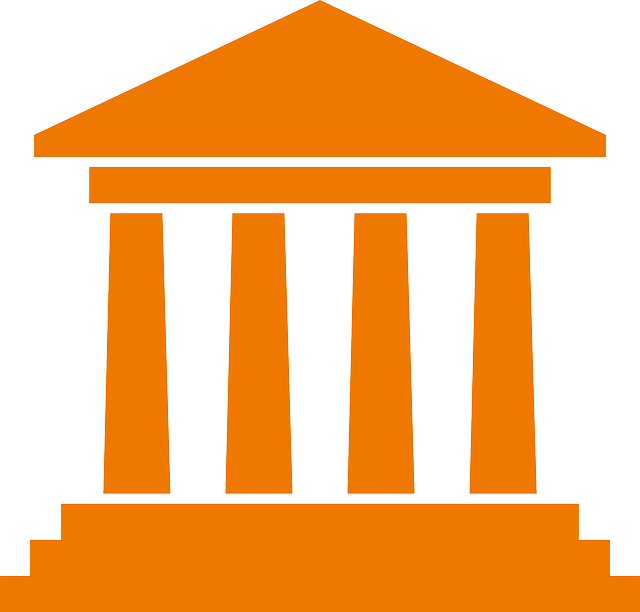
Government programs in Canada offer assistance to first-time home buyers by providing financial support for down payments. One of the main challenges for first-time home buyers is saving enough money for a down payment. The minimum down payment required in Canada is 5% of the purchase price.
However, for those who cannot afford this, there are programs available to help. One such program is the mortgage loan insurance, which allows first-time home buyers to purchase a home with as little as a 5% down payment. This insurance protects the lender in case the borrower defaults on their mortgage payments.
Additionally, the government offers incentives like the registered retirement savings plan (RRSP) Home Buyers’ Plan, which allows first-time home buyers to withdraw up to $35,000 from their RRSP to use towards their down payment.
Furthermore, first-time home buyers may also be eligible for the Home Buyers’ Tax Credit, which provides a tax credit of $5,000 to help with closing costs.
These government programs are designed to alleviate the financial burden of buying a home for first-time buyers and make homeownership more accessible.
Understanding Mortgage Default Insurance
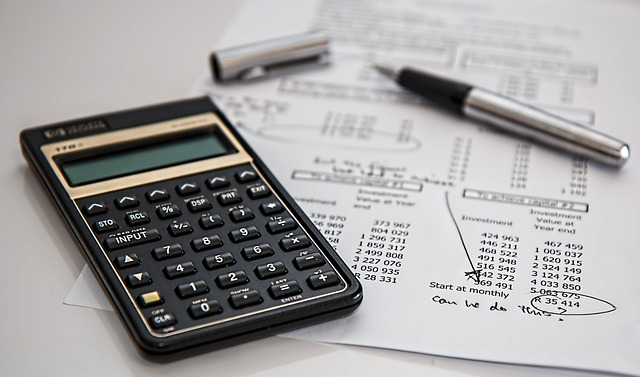
Mortgage default insurance is a crucial component to comprehend when navigating the process of purchasing a property. It is particularly important for first-time home buyers who may not have a larger down payment or a perfect credit history.
Here are three key points to understand about mortgage default insurance:
Required for smaller down payments
In Canada, if your down payment is below 20% of the home’s purchase price, you must obtain mortgage default insurance. This insurance safeguards the mortgage lender in the event that you are unable to repay your mortgage loan.
Cost and coverage
The cost of mortgage default insurance is typically added to your mortgage payments. The amount you pay depends on the size of your down payment and the purchase price of the home. The insurance covers the lender, not the homebuyer.
Access to homeownership
Mortgage default insurance allows homebuyers to enter the housing market with a smaller down payment. It acts as an interest-free loan, enabling individuals with limited savings or poor credit history to secure a mortgage and become homeowners.
Factors to Consider When Calculating Your Down Payment
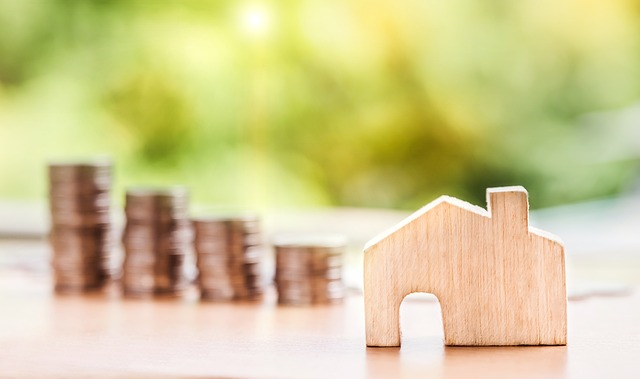
When calculating your first home down payment in Canada, consider factors like your financial situation, land transfer tax, common-law partner status, tax-free savings accounts, provincial programs, shared equity mortgages, citizenship, and primary residence. Assess these based on your income to determine the appropriate down payment.
The Role of Credit Scores in Down Payments
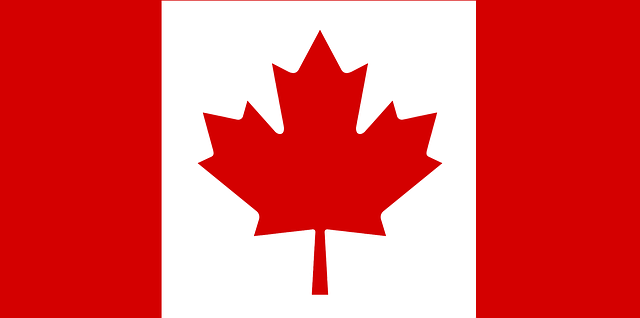
A high credit score can significantly impact the amount of money required for a down payment on a property. A good credit score demonstrates to lenders that you are a responsible borrower, and they are more likely to offer you favorable terms and conditions. Here are three ways credit scores play a role in down payments:
1. Lower down payment requirements: With a high credit score, lenders may be willing to accept a smaller down payment or even waive it altogether for first-time home buyers in Canada. This can make homeownership more accessible for those who may not have a large down payment saved up.
2. Reduced mortgage insurance: A high credit score can also help lower the cost of mortgage insurance. Lenders usually require mortgage insurance for home purchases with a down payment below 20% of the purchase price. However, a good credit score may result in lower insurance premiums, saving you money in the long run.
3. Higher mortgage amount: A strong credit score can increase the mortgage amount you qualify for. This means you may be able to purchase a more expensive property or have more funds available for other expenses related to your home purchase.
Exploring Down Payment Assistance Options
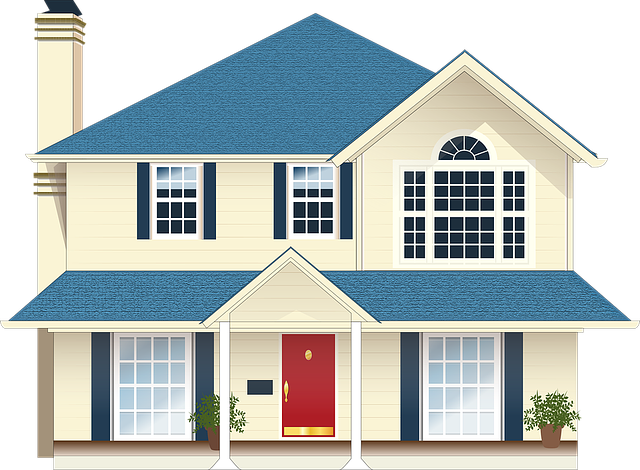
In Canada, down payment assistance programs, like those from the Ontario Real Estate Association (OREA), help first-time homebuyers overcome barriers. OREA offers initiatives such as the First-Time Home Buyer Incentive and Home Savings Account to aid in down payment savings. Permanent residents in Canada may also qualify. Explore these resources for homeownership in Ontario.
Saving Strategies for First-Time Home Buyers
Saving for a property can be made more manageable through effective financial planning and budgeting strategies. As first-time buyers navigate the real estate market and embark on their home buying journey, it is essential to consider various saving strategies.
Here are three strategies to help first-time buyers save for their dream home:
1. Set a budget and stick to it: Determine how much you can afford to save each month and prioritize saving for your down payment. Cut unnecessary expenses and find ways to save on everyday costs.
2. Take advantage of government programs: Research federal programs and tax credits that can assist with saving for a qualifying home. These programs can provide financial incentives and reduce the overall cost of homeownership.
3. Earn interest on your savings: Open a high-interest savings account or invest in low-risk options to grow your savings over time. This can help you maximize your savings and earn additional funds towards your final sale price.
How to Determine the Minimum Down Payment
Determining the minimum down payment for your first home in Canada involves various factors. You can save a lump sum, receive an interest-free loan, or use your common-law partner’s assets. First-time homebuyer programs based on income and eligibility criteria offer assistance, including tax credits.
The minimum down payment depends on the property’s purchase price: 5% for homes under $500,000, and a blend of 5% and 10% for homes between $500,000 and $1 million. A higher down payment can lead to lower rates and monthly payments.
Tips for Negotiating the Purchase Price
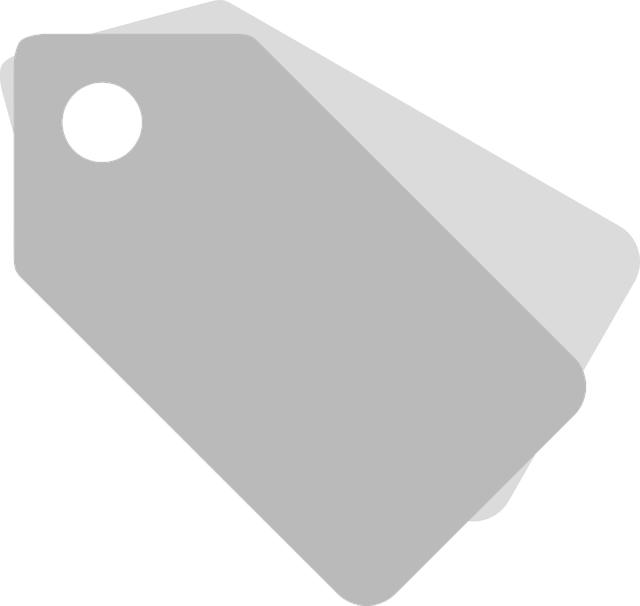
During the negotiation process, it is crucial to carefully assess market conditions and gather relevant data to inform your decision-making. Here are three tips to consider when negotiating the purchase price:
1. Understand the average price and total cost of homes in the area: Research the local real estate market to gain insight into the average price of homes. This will help you determine a fair offer and avoid overpaying.
2. Take advantage of specific programs and incentives: First-time home buyers in Canada may be eligible for various programs that can help reduce the down payment or mortgage rate. Familiarize yourself with these programs and leverage them to your advantage during negotiations.
3. Consider additional costs and future savings: Take into account other expenses associated with homeownership, such as property taxes, maintenance, and insurance. Additionally, explore options like using registered retirement savings or capital gains to help fund your down payment.
Down Payment Options for Self-Employed Individuals
Self-employed individuals have a range of options available to them when it comes to securing a down payment for a home purchase.
The Canadian government offers eligible residents various programs to assist with buying their first home. One such program is the First-Time Home Buyer Incentive, which allows buyers to borrow up to 5% or 10% of the property value as a shared equity mortgage. This program aims to help reduce the monthly mortgage payments for first-time buyers.
Additionally, self-employed individuals can also take advantage of their own programs, such as setting aside a portion of their income specifically for a down payment. It is important to note that there is a lifetime maximum of $35,000 for withdrawals from a Registered Retirement Savings Plan (RRSP) under the Home Buyers’ Plan, which is another option for self-employed individuals.
Exploring RRSP Home Buyers’ Plan for Down Payments
The Registered Retirement Savings Plan (RRSP) Home Buyers’ Plan provides an opportunity for eligible individuals to access their retirement savings for the purpose of purchasing a property. This program allows first-time homebuyers to withdraw up to $35,000 from their RRSPs, tax-free, to use as a down payment on their home.
Here are three key points to consider regarding the RRSP Home Buyers’ Plan:
1. Eligibility: To qualify, individuals must be Canadian residents and first-time homebuyers, meaning they have not owned a home in the four years preceding their RRSP withdrawal.
2. Repayment: The withdrawn amount must be repaid in equal installments over a 15-year period, starting the second year after the withdrawal. Failure to repay the required amount will result in the outstanding balance being included in the individual’s taxable income for that year.
3. Spousal Participation: Both spouses can participate in the RRSP Home Buyers’ Plan, allowing couples to withdraw a combined total of $70,000 towards their down payment.
Overall, the RRSP Home Buyers’ Plan offers a valuable option for individuals looking to use their retirement savings towards owning their first home.
Common Mistakes to Avoid When Saving for a Down Payment
One important aspect to consider when saving for a down payment is avoiding common mistakes that could hinder your progress towards homeownership. Here are three common mistakes to avoid:
1. Not having a savings plan: Saving for a down payment requires discipline and a clear plan. It’s important to set a specific savings goal and create a budget that allows you to save consistently. By having a savings plan in place, you can track your progress and stay motivated.
2. Neglecting to research down payment assistance programs: Many first-time homebuyers are unaware of the various down payment assistance programs available to them. These programs can provide financial assistance or lower the down payment requirements. It’s crucial to research and explore all available options to maximize your savings potential.
3. Dipping into your down payment savings: It can be tempting to use your down payment savings for other expenses or emergencies. However, using these funds for anything other than your down payment can delay your homeownership plans. It’s important to prioritize your savings and resist the temptation to dip into your down payment fund.
Related Article: The Essential Guide to House Down Payments: Navigating Real Estate, Calculating Costs, and Negotiating Strategi
Frequently Asked Questions
What Are the Current Interest Rates for First-Time Home Buyers in Canada?
Current interest rates for first-time home buyers in Canada vary depending on the lender and individual circumstances. It is recommended to consult with a mortgage broker or financial institution to determine the most accurate and up-to-date rates.
Are There Any Restrictions on the Type of Property That First-Time Home Buyers Can Purchase?
There may be certain restrictions on the type of property that first-time home buyers can purchase. These restrictions could include limitations on the size, location, or condition of the property. It is advisable for first-time buyers to consult with a real estate professional or mortgage lender for specific information.
Can I Use a Personal Loan for My Down Payment?
Using a personal loan for a down payment is possible, but it may not be advisable. It could increase your debt and affect your ability to qualify for a mortgage. Consult with a financial advisor before making a decision.
Are There Any Tax Benefits or Incentives for First-Time Home Buyers in Canada?
There are several tax benefits and incentives available for first-time home buyers in Canada. These include the First-Time Home Buyers’ Tax Credit, the Home Buyers’ Plan, and various provincial programs that offer rebates and exemptions on land transfer taxes.
How Long Does It Typically Take to Save for a Down Payment on a Home?
Saving for a down payment on a home can vary greatly depending on individual circumstances such as income, expenses, and desired home price. It is important to create a budget and savings plan to determine a realistic timeline for achieving this goal.

Conclusion
In Canada, first-time homebuyers have government support for down payments, including mortgage insurance and assistance programs. Self-employed individuals can utilize the RRSP Home Buyers’ Plan. Careful evaluation of gifted funds and savings strategies is crucial to success.